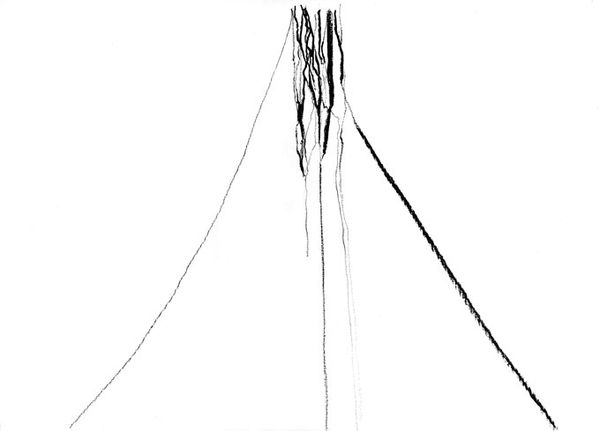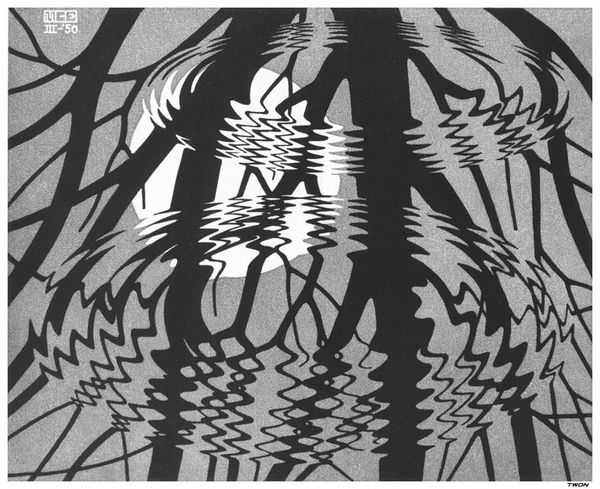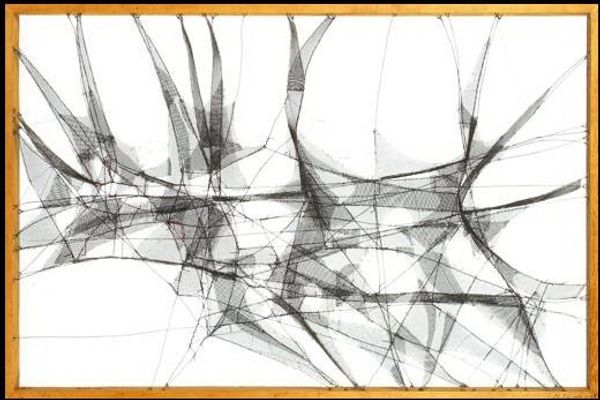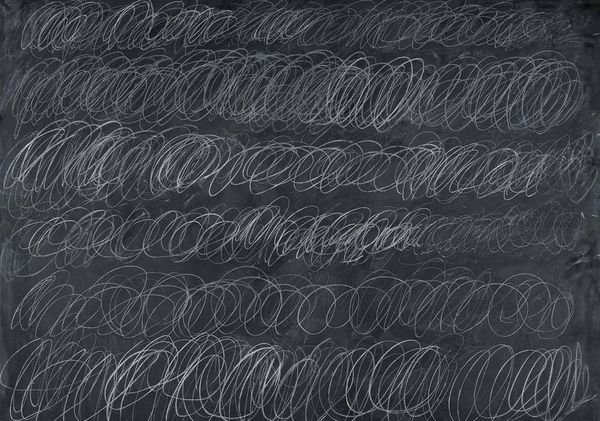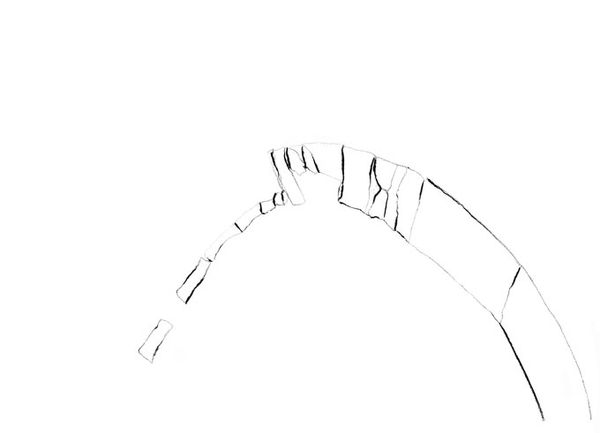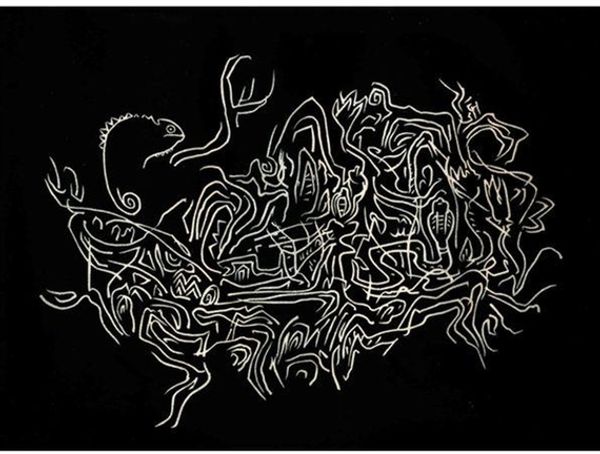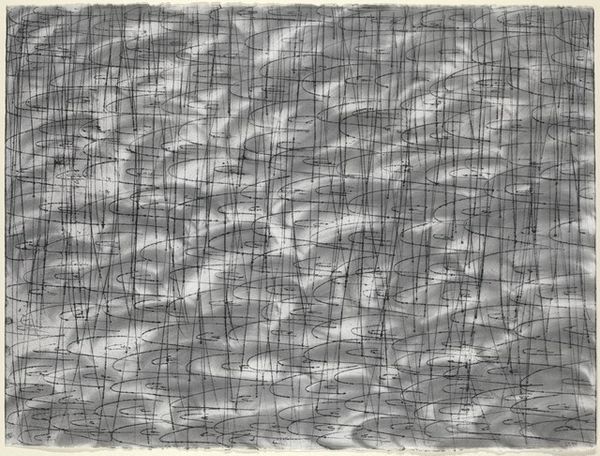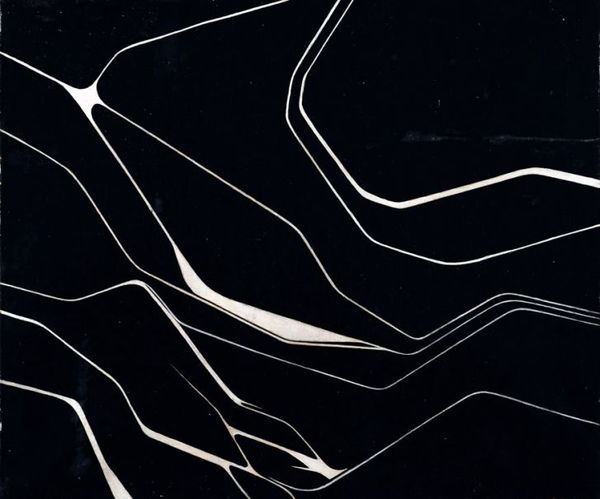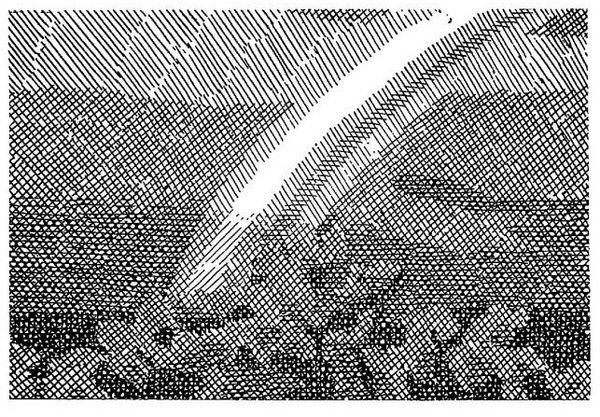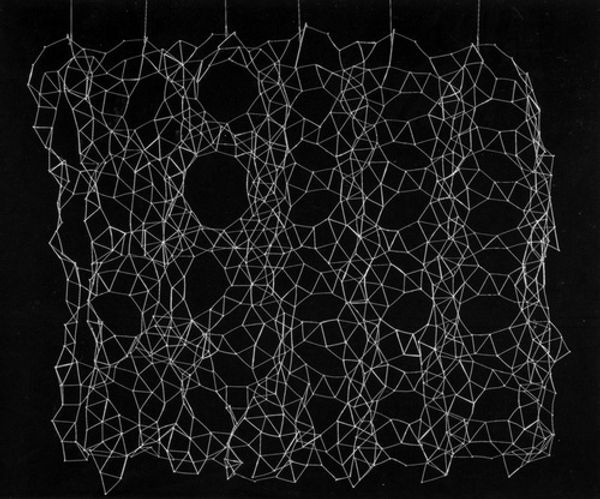
drawing, photography, ink
#
drawing
#
figuration
#
photography
#
ink
#
geometric
#
abstraction
#
monochrome
Copyright: Public domain US
Editor: This is M.C. Escher’s "Dolphins" from 1923, done in ink and photography. It's a monochrome work with geometric abstraction. What strikes me is the stark contrast and almost dreamlike quality. What do you see in this piece? Curator: Well, given the date, 1923, and the geometric elements alongside recognizable, albeit stylized, figures like the dolphins, I immediately think about the societal shifts following the First World War. This artwork exists within the period where artists were grappling with industrialization. Editor: Industrialization, yes, I can see how the hard lines might reflect that. Curator: Precisely. There is this stark contrast between the flowing lines of the ‘dolphins’ and the sharp geometric abstractions, raising a critical question: Is Escher commenting on humanity's relationship with nature as it became increasingly mediated by technology and machinery? What message might those contrasting geometric and organic shapes be trying to convey? Editor: Perhaps it's about the imposition of order on the natural world? Or the way technology both reveals and obscures the beauty of nature? Curator: Exactly. It's also worth considering the rise of mass production, especially of photography. How did artists working with ink and drawing situate their work within this new landscape of reproductive technologies? This piece really sparks reflection on shifting cultural landscapes. Editor: I never thought about the industrialization and photography aspects, thanks! Curator: Art reveals so much more when considered within its social and historical context. It transforms how we interpret even the simplest-seeming forms. Editor: Definitely. This conversation opened up so many new doors. I'm looking forward to exploring how Escher's other work addresses these topics!
Comments
No comments
Be the first to comment and join the conversation on the ultimate creative platform.
